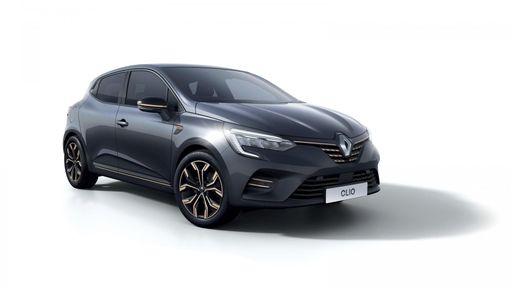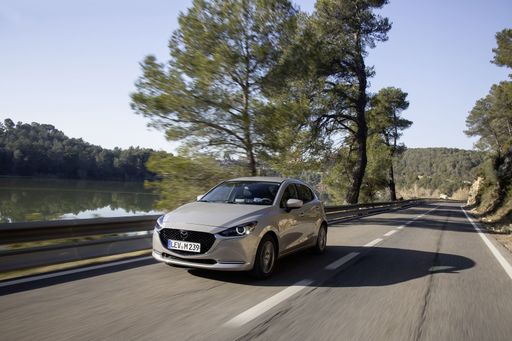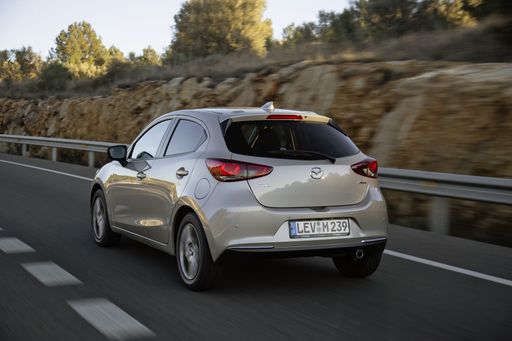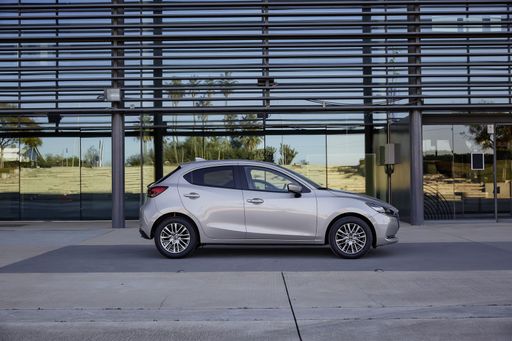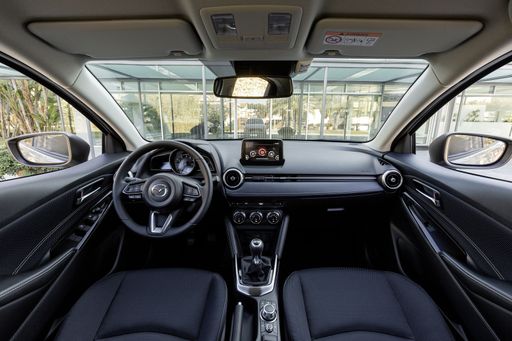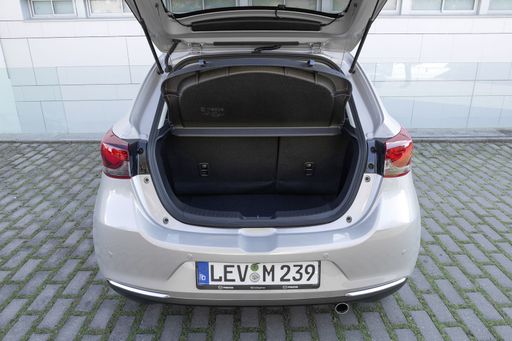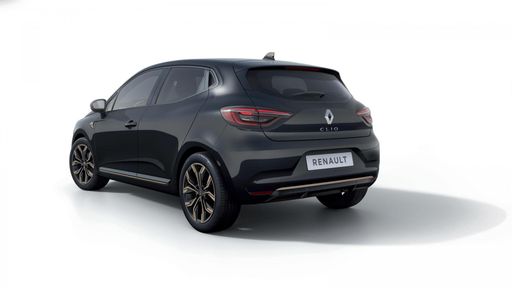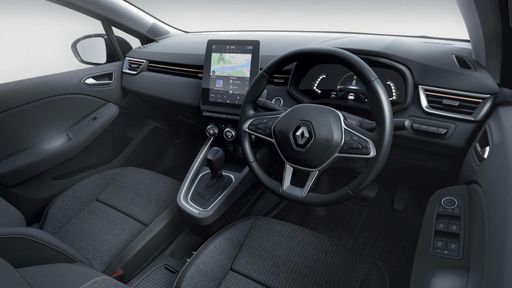Performance and Powertrains
The Mazda 2 Hybrid stands as a full hybrid champion with a 1.5-liter 3-cylinder engine that produces a respectable 116 HP (85 kW) and 87 g/km of CO2 emissions. It features an automatic CVT transmission and accelerates from 0-100 km/h in 9.7 seconds, reaching a top speed of 175 km/h. With a curb weight of 1,180 kg and a fuel consumption of just 3.8 L/100km, it ranks high in efficiency thanks to its clever hybrid setup.
On the other hand, the Renault Clio offers a broader engine range, with options including petroleum and LPG alongside its full hybrid variant. The hybrid option boasts 143 HP (105 kW), providing a little more horsepower than the Mazda. The Clio accelerates quicker, clocking in at 9.3 seconds from 0-100 km/h, and although its top speed of 174 km/h is slightly lower, it ensures a spirited driving experience. Nonetheless, its fuel consumption varies, with the hybrid model rated at a more conservative 4.3 L/100km.

